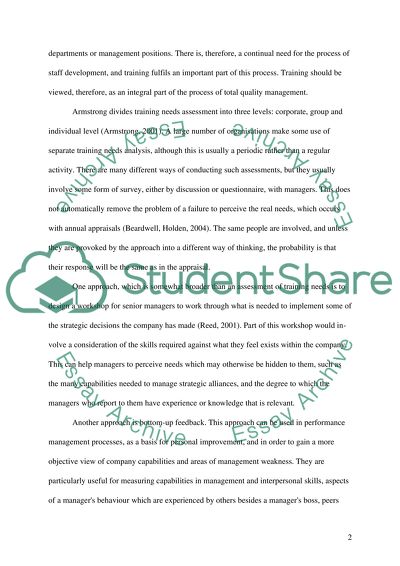Cite this document
(“Human resource management. Training and development Essay”, n.d.)
Retrieved from https://studentshare.org/miscellaneous/1528084-human-resource-management-training-and-development
Retrieved from https://studentshare.org/miscellaneous/1528084-human-resource-management-training-and-development
(Human Resource Management. Training and Development Essay)
https://studentshare.org/miscellaneous/1528084-human-resource-management-training-and-development.
https://studentshare.org/miscellaneous/1528084-human-resource-management-training-and-development.
“Human Resource Management. Training and Development Essay”, n.d. https://studentshare.org/miscellaneous/1528084-human-resource-management-training-and-development.


